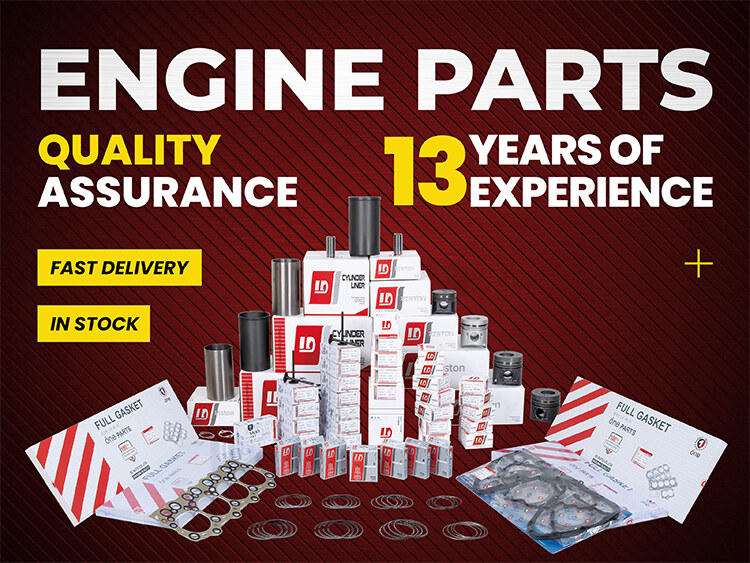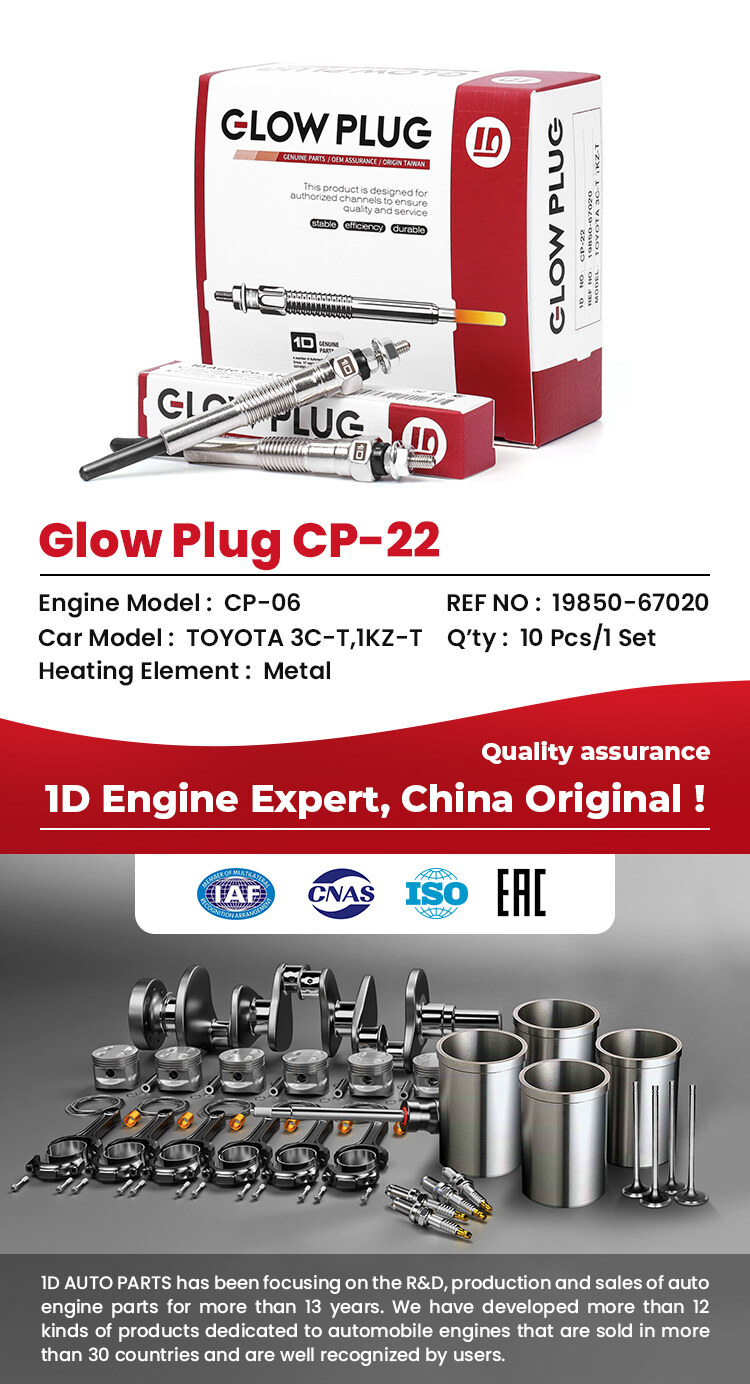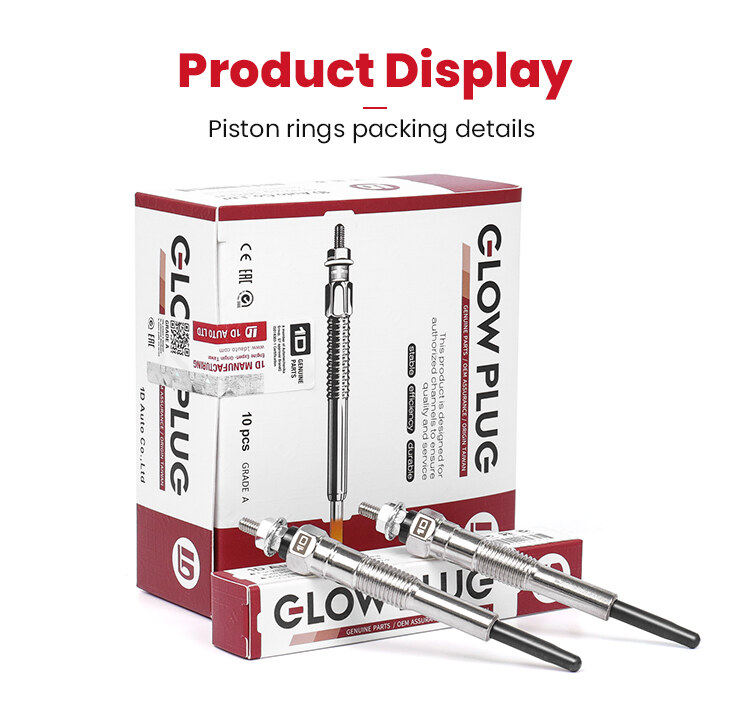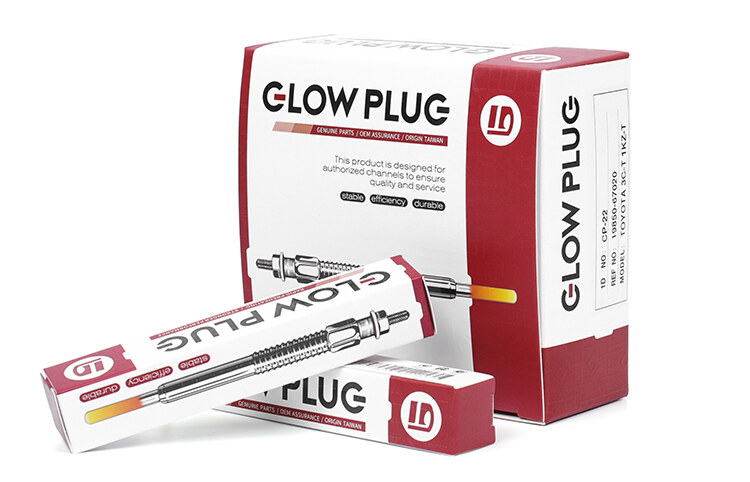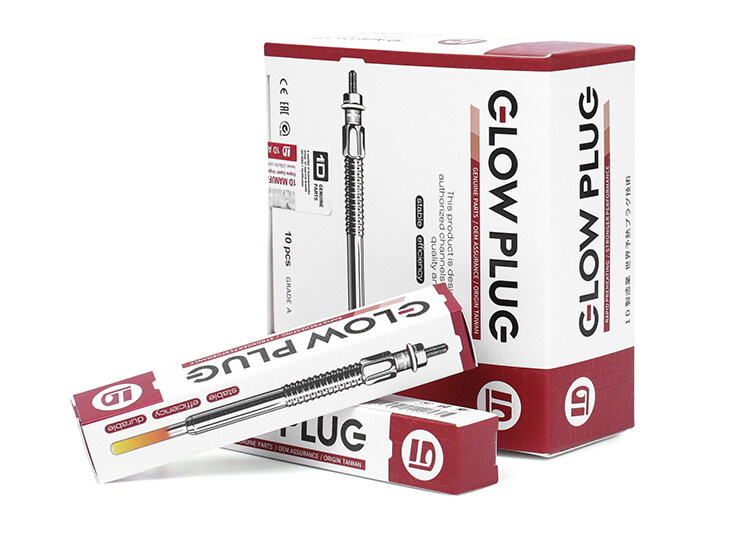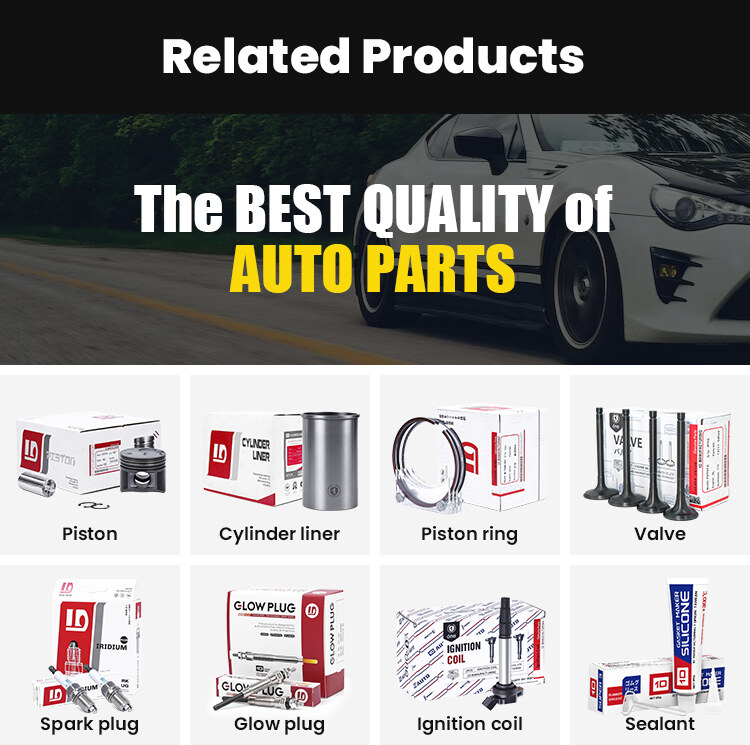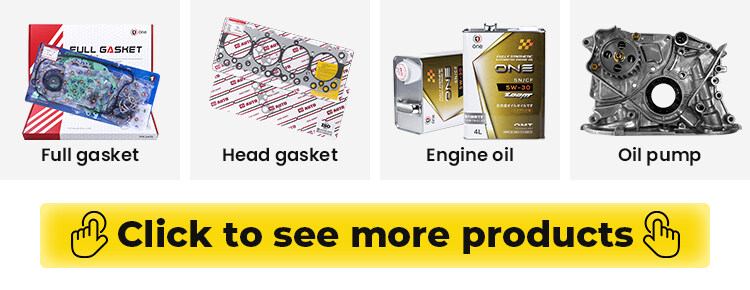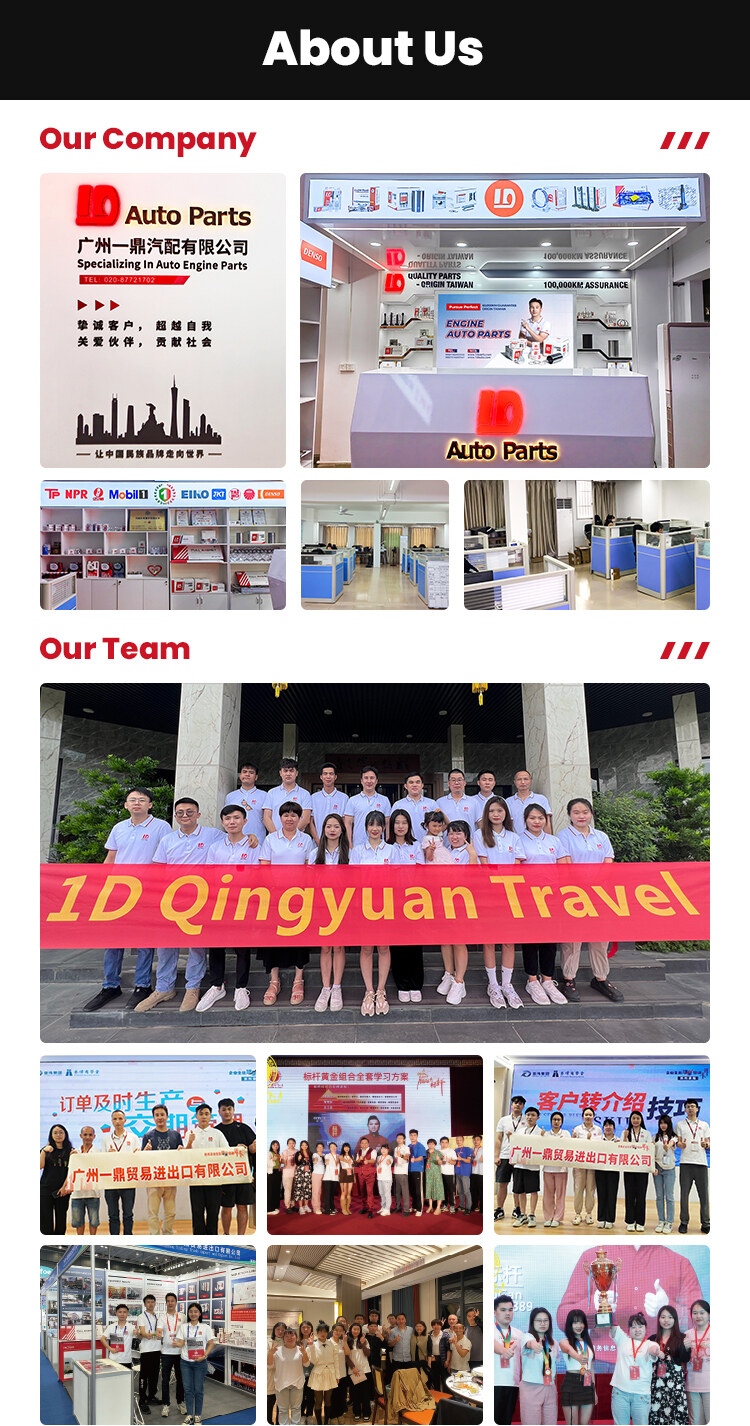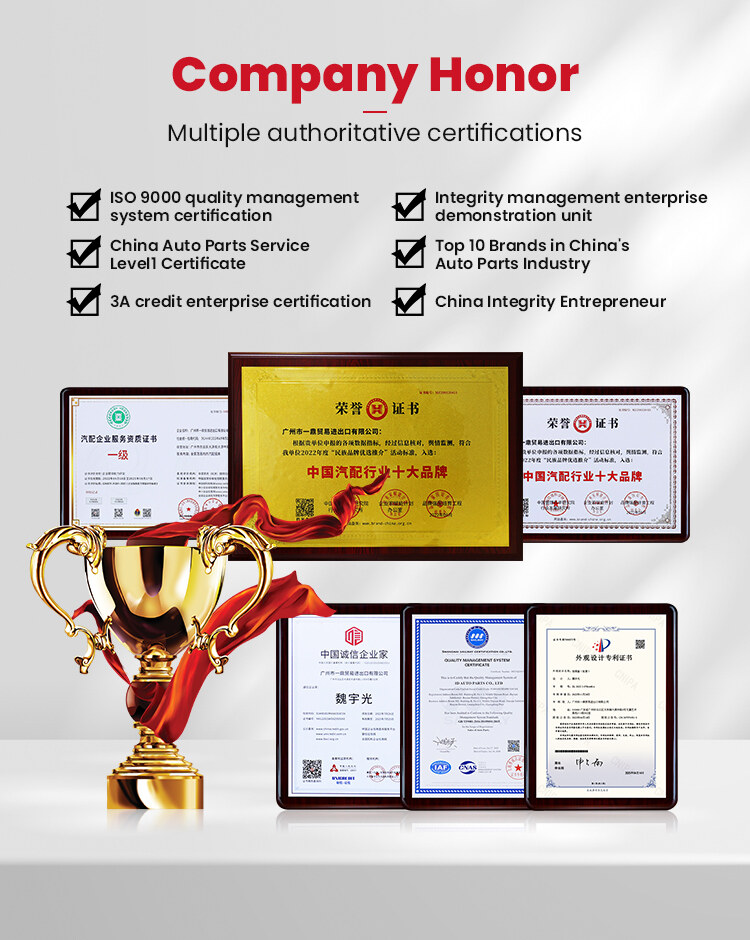Material selection strategies for heat dissipation and insulation design of Glow plugs.
In the balance between the heat dissipation and heat insulation design of the Glow plug, the selection of materials plays a decisive role.
The differences in thermal physical properties among various materials directly affect the heat transfer and preservation effect of the Glow plug. It is necessary to comprehensively consider multiple characteristics of the materials, such as thermal conductivity, high-temperature resistance, and chemical stability.
1. For heat dissipation materials, high thermal conductivity is the primary standard.
Aluminum alloy has become a commonly used material for heat dissipation fins and shells due to its excellent thermal conductivity (with a thermal conductivity coefficient of approximately 200-240 W/(m · K)), good processing performance and relatively low density.
Through extrusion forming or die-casting processes, aluminum alloys can be processed into complex heat dissipation structures, such as porous honeycomb-like fins, to increase the contact area with air and accelerate heat dissipation. Copper alloys have a higher thermal conductivity (about 380-400 W/(m · K)), and are used to manufacture key heat dissipation components in situations where heat dissipation requirements are extremely strict. However, their high density and cost limit their wide application.
In addition, new types of metal matrix composites are gradually emerging. For instance, adding silicon carbide particles to aluminum alloys can increase the thermal conductivity by 10% to 15% while maintaining good processing performance, further optimizing the heat dissipation effect.
2. The selection of insulation materials focuses on low thermal conductivity and high heat resistance.
Ceramic fiber is a leader among traditional insulation materials. Its thermal conductivity is as low as 0.03-0.05W/(m · K), which can effectively block heat conduction and withstand temperatures above 1000℃. Aerogel, as a new type of heat insulation material, has a thermal conductivity even lower than 0.02W/(m · K), and features a nanoscale pore structure. It can greatly inhibit the heat conduction of gas molecules, ensuring the heat insulation effect while being lighter than ceramic fibers.
However, the mechanical strength of aerogel is relatively low, and it needs to be used in combination with other materials, such as being combined with glass fiber to make heat insulation felt, which not only enhances the mechanical properties but also maintains excellent heat insulation performance.
In addition, some new types of ceramic materials, such as aluminum nitride ceramics, not only have excellent thermal insulation properties but also possess high insulation performance and chemical stability. They can operate stably for a long time in complex engine environments and are suitable for the internal structure of preheating plugs that have dual requirements for heat insulation and insulation.
3. In practical applications, it is also necessary to consider the compatibility between materials.
For instance, the thermal expansion coefficients of heat dissipation materials and insulation materials should be matched as much as possible to avoid the formation of gaps or stress concentration between the materials due to temperature changes, which would affect the heat dissipation and insulation effects.
At the same time, the corrosion resistance of materials is also of vital importance, especially in an environment with acidic gases produced by engine combustion. Choosing materials with strong corrosion resistance, such as heat insulation materials coated with stainless steel and heat dissipation materials that have undergone surface anti-corrosion treatment, can extend the service life of the Glow plug and ensure the long-term effectiveness of the heat dissipation and heat insulation design.


